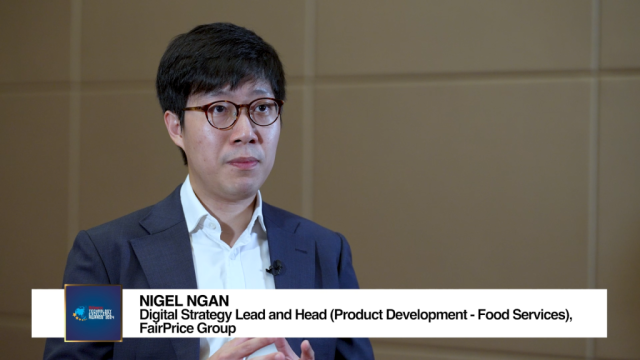
How Korea may have dodged deflation fears
Its strong anti-deflation mechanisms may have worked.
According to Nomura, all in all, it believes that overestimated deflation fears in Korea have faded quickly due to stronger US macro data, higher nominal wages domestically and a weaker KRW.
Here's more:
Korea Treasury bond (KTB) yields surged this morning (the 10yr KTB yield rose 21bp to 3.70%), mainly on the stronger-thanexpected US nonfarm payrolls data, but we believe the move is also supported by fading deflation concerns.
In our recent Asia Special Report, we argued that based on our comparative analysis of Korea with Japan and Taiwan, and given our global macro outlook, the Korean economy would avoid entering a period of sustained deflation. We believe that Korea's current low-inflation environment is only temporary, mainly due to supply-side factors (lower energy and food prices, free school fees and lunch programs, and lower communication prices).
Indeed, we expect strong anti-deflation mechanisms to work. Last week, the rate of growth for the minimum wage in 2014 was set at 7.2%, up from 6.1% in 2013. This should support higher overall nominal wage growth, consumption, and therefore CPI inflation.
KRW has depreciated against USD this year, from 1054 in January to 1150 this morning – and we expect KRW/USD to hit 1170 by end-2013. This should help support Korea's export-driven economy and therefore nominal GDP growth.
We believe that the BOK is likely to share similar views, and we expect the central bank to cut its 2013 CPI inflation forecast from 2.3% to 1.5% – but raise its 2014 forecast from 2.8% to 3.0% – when it releases its new economic outlook on Thursday.
Historically, Korea's long-term interest rates have largely moved in line with nominal GDP growth. Our base case is that nominal GDP growth rises from 3.0% in 2012 to 4.0% in 2013 (2.7% real GDP growth + a 1.3% GDP deflator) and further to 6.0% in 2014 (4.0% + 2.0%). We expect the BOK to keep rates unchanged at 2.50% through H1 2014 and hike by 25bp to 2.75% in H2 2014, when we expect the negative output gap to close.
Our base case suggests that KTB yields should move in tandem with USTs. Over the next 18 months we believe that 10yr KTB yields will maintain a 1.00-1.30 percentage point margin over USTs as nominal GDP should increase by more than that of the US.
More importantly, our US Economics team expects the FOMC to begin tapering its asset purchasing program in September and continue to reduce both the pace and size of its purchases (see Healthy June Jobs report, 5 July 2013).
























 Advertise
Advertise









